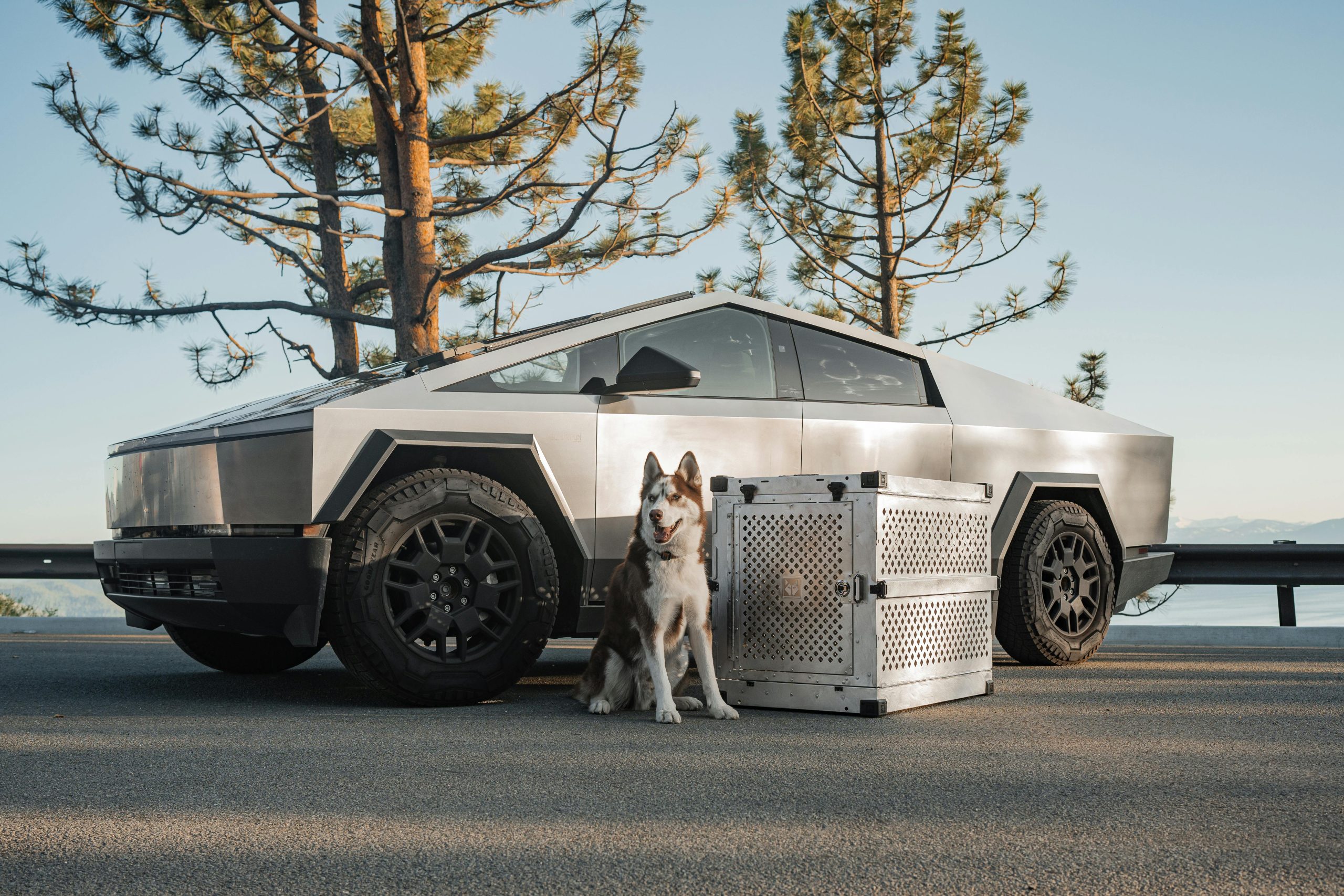Tesla unveils revolutionary autonomous taxi CyberCab: Futuristic car without steering wheel and pedals heads to market in 2026

At an investor event, Californian carmaker Tesla unveiled its new CyberCab autonomous car, a fully robotic taxi that does without a steering wheel and pedals. This revolutionary model is due to be launched in 2026, or as soon as the relevant regulatory authorities allow.
The expected price is less than 30 thousand dollars, or approximately 675 thousand crowns. With this move, Tesla is responding to the growing demand for autonomous vehicles and innovative solutions in transportation, with CyberCab being one of the few robotaxis that should be available not only for commercial purposes, but also for ordinary consumers.
The design of the vehicle is inspired by the popular Cybertruck pick-up truck, both in the exterior and the overall minimalist approach to the interior. The car is equipped with Tesla’s latest autonomous driving technologies, which is one of its main strengths. The company has already produced roughly 50 prototypes and plans to start mass production during 2026. However, Elon Musk, Tesla’s CEO, warned at the event that this date may be somewhat optimistic, and that the start of production will depend not only on technical progress, but also on approval from the relevant regulatory authorities, especially because the car has neither steering wheel nor pedals, which is still a legal issue in many countries.
The CyberCab’s interior is, as is Tesla’s custom, extremely minimalist. The car offers seating for two passengers, with the dominant feature being the large central infotainment screen, which is strikingly reminiscent of the layout from the Tesla Model 3 and Model Y. This approach to interior design reflects Tesla’s vision of maximum simplicity and efficiency. The exterior is designed to look futuristic, with a narrow profile and dropped roofline that is distantly reminiscent of the 2013 Volkswagen XL1. One of the main design features is the LED light bar across the full width of the front of the car, giving it a modern and futuristic look.
The CyberCab also has other distinctive design elements typical of Tesla, such as sharp lines running across the hood and chunky rear shoulders, similar to the Model Y. The doors open upwards, a feature inspired by supercars, and are designed to make it easier to enter and exit the car. Another distinguishing feature is the wheels with aerodynamic covers, which are meant to improve energy efficiency and increase the car’s range, though Tesla hasn’t officially disclosed what range the CyberCab will offer. Since the car is fully autonomous, it doesn’t include traditional rearview mirrors or a rear window.
At the event, dubbed “We Robot”, Tesla unveiled other revolutionary products in addition to the CyberCab, including the humanoid robot Optimus and the futuristic CyberVan car. The CyberVan looks even more advanced and futuristic than the CyberCab and is designed to carry up to 20 people, making it ideal for commercial applications such as public transport or as a means of transport for large groups of people. Musk said at the event that the operating cost of this vehicle is estimated to be just $0.05 to $0.10 per mile, which is significantly lower than traditional vehicles. Although the CyberVan looks very promising, Musk has not yet revealed a specific date for when the vehicle could hit the roads.
Overall, this move confirms Tesla’s position as an innovation leader in the automotive industry and continues its efforts to bring not only electric cars but also fully autonomous transportation solutions to the market. The CyberCab and CyberVan are proof of Tesla’s focus not only on technological advancement, but also on making these technologies accessible to the general public. If successfully approved by regulators, CyberCab could become one of the first robotic taxis to be widely available on the streets, representing a major step forward for autonomous transportation and the future of mobility.
Photo source: www.pexels.com
Author of this article
WAS THIS ARTICLE HELPFUL?
Support us to keep up the good work and to provide you even better content. Your donations will be used to help students get access to quality content for free and pay our contributors’ salaries, who work hard to create this website content! Thank you for all your support!



OR CONTINUE READING